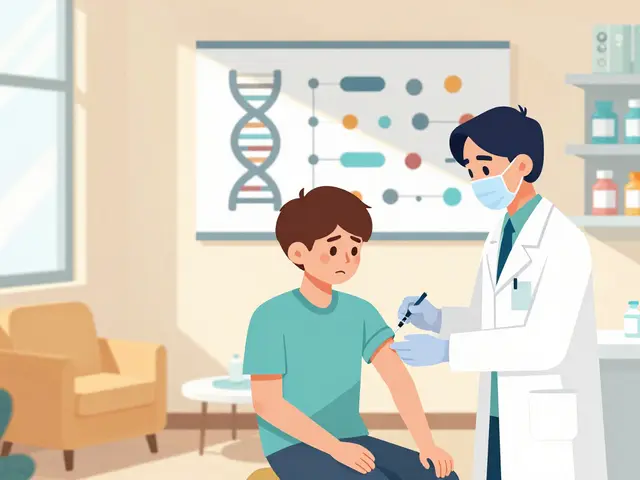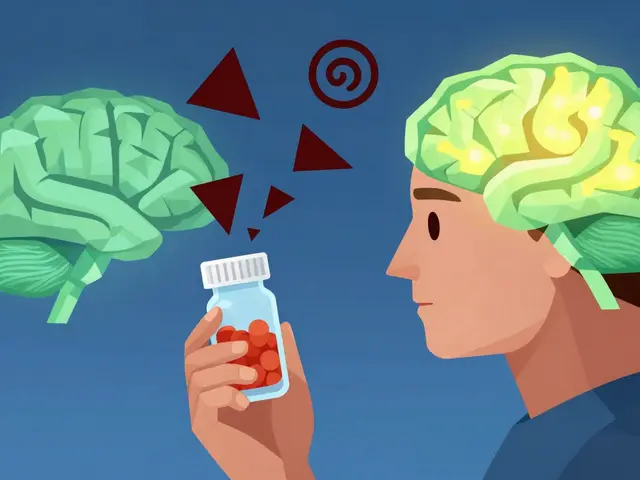Ankylosing spondylitis: Signs, Tests, and Real-World Steps to Feel Better
Most people think back pain is age or too much sitting. But ankylosing spondylitis (AS) often starts in your late teens or 20s and feels different: stiffness that improves with movement, pain at night, and tight hips or chest. Spotting those differences early makes a big practical difference for treatment and daily life.
Symptoms and how doctors figure it out
The common signs are persistent low back pain and morning stiffness lasting 30 minutes or more. Pain often eases after you move or exercise. You might also have reduced chest expansion, tendon pain (like at the heel), or eye inflammation (red, painful, sensitive to light).
Diagnosis isn’t a single test. Your doctor will ask about symptoms, check posture and spinal movement, and order X-rays or MRI to look for inflammation in the sacroiliac joints. Blood tests for HLA-B27 can support a diagnosis but don’t prove it alone. If you suspect AS, ask for a referral to a rheumatologist — they’re the ones who make the call and plan treatment.
Treatment that helps — what to expect and what to ask for
Treatment aims to reduce pain, keep your spine flexible, and stop long-term damage. First-line meds are NSAIDs (like ibuprofen or naproxen) to control pain and inflammation. If pain and inflammation persist, rheumatologists often consider biologic drugs, especially TNF inhibitors or IL-17 blockers. These can greatly reduce symptoms and slow disease activity for many people.
Don’t forget non-drug options. Regular exercise that focuses on posture, chest expansion, and spinal mobility matters a lot. Physical therapists can give simple, daily routines you can do at home. Smoking makes AS worse, so quitting improves how well treatments work.
Practical tips for everyday life: break long sitting periods with short walks, use a firm mattress that keeps your spine aligned, and add a brief morning stretch routine to keep stiffness down. If work involves heavy lifting or long sitting, talk to occupational health about adjustments — small changes often reduce flares.
Watch for red flags: sudden severe pain, fever, new weakness, or numbness in legs. Eye pain and vision changes need urgent care because they can cause damage if untreated. Also, tell your doctor about plans for pregnancy; many treatments can be adjusted safely with advice from your care team.
Living with AS is a mix of good meds, daily movement, and smart lifestyle choices. If you think your back pain fits the pattern above, push for a rheumatology referral. Early action makes living with AS simpler and helps protect your spine long term.
In my latest blog post, I delve into the crucial subject of Ankylosing Spondylitis and vaccinations. I discuss the importance of immunization for individuals with this chronic inflammatory arthritis, as they may have a higher risk of infections. I also cover the various vaccines recommended and how they interact with the immune system, especially when on immunosuppressive therapy. It's crucial to note, always consult with your healthcare provider before making vaccine decisions. Stay informed and safe, because managing Ankylosing Spondylitis goes beyond just pain control.
Continue reading...





